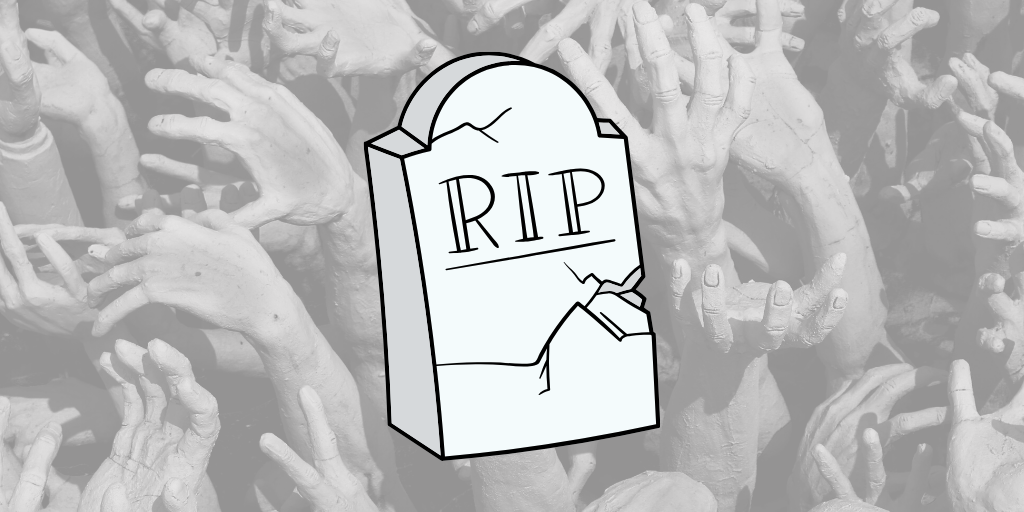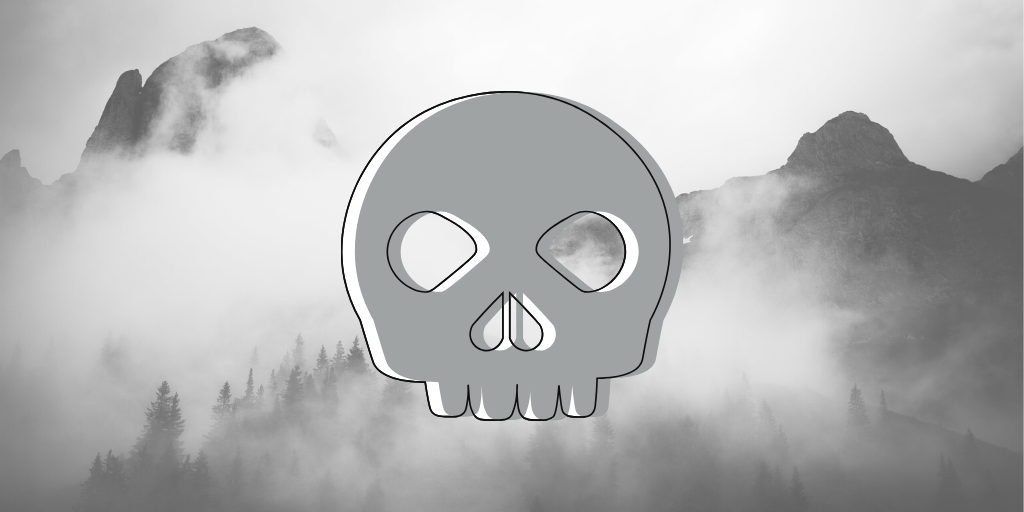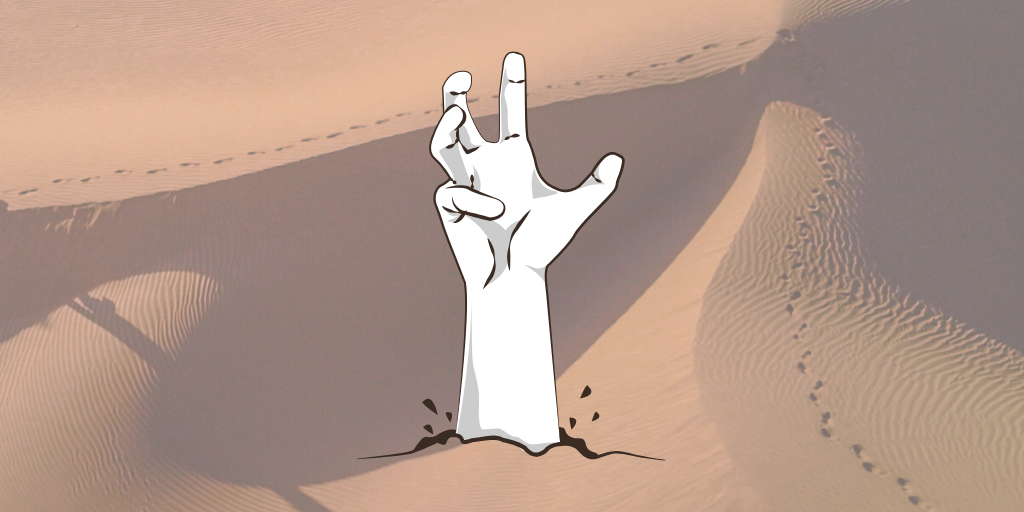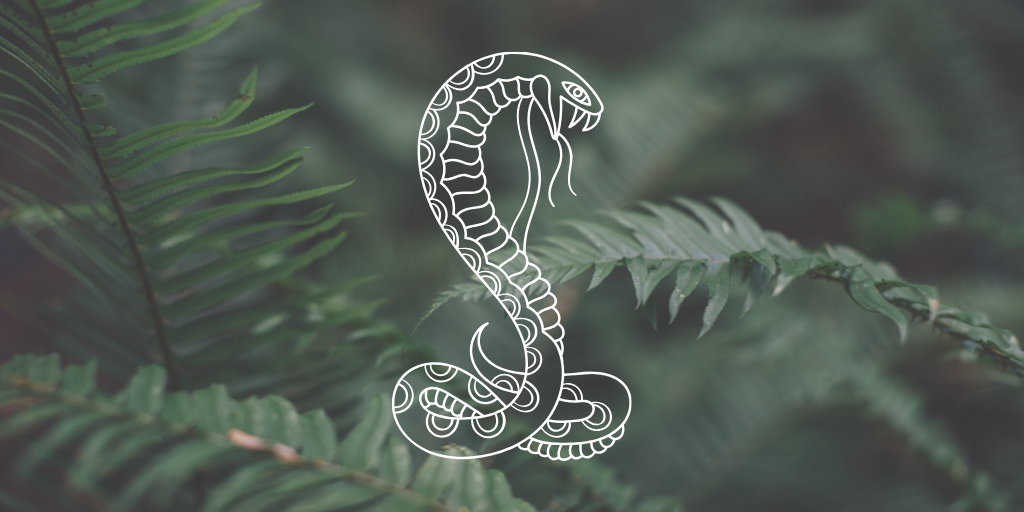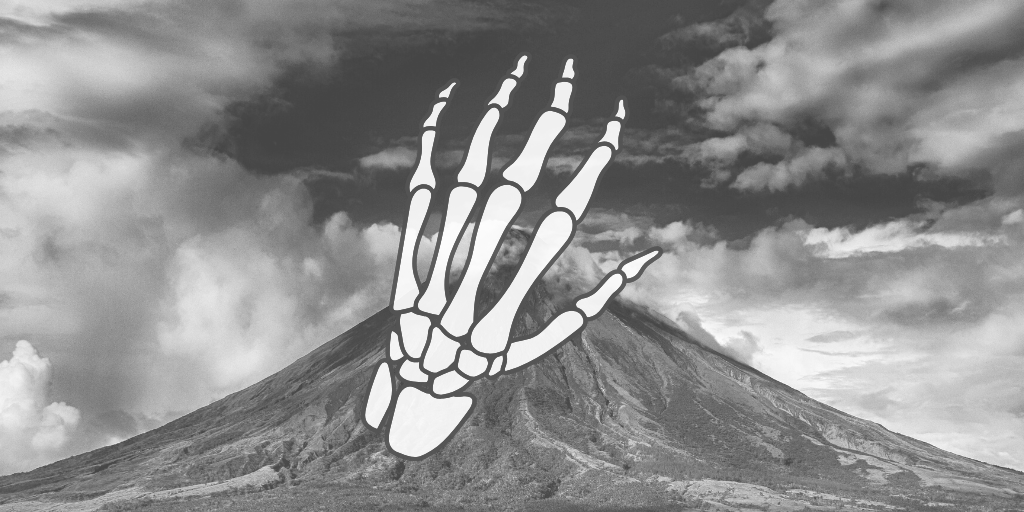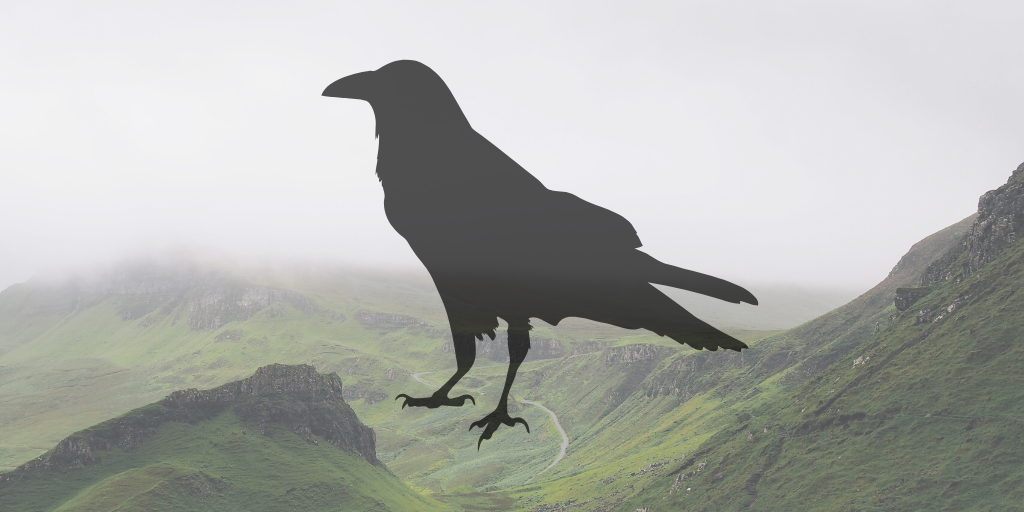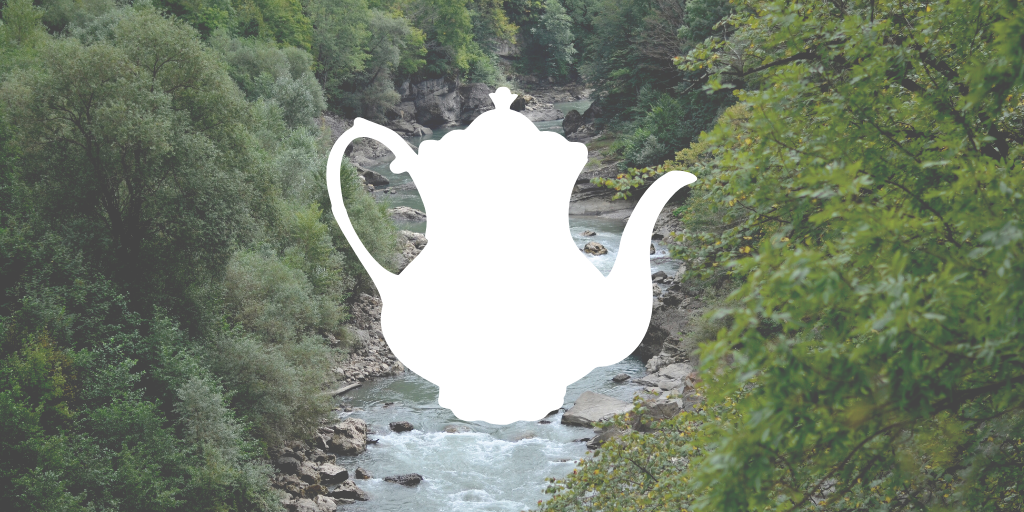7 Goddesses of the Underworld
Samhain, otherwise known as Halloween, is the time of year when the veil between the dead and living is thinnest. It’s a day where shadows run free, unbound by the earthy demands of death and decay. For the practicing witch, Samhain provides an opportunity to connect with ancestors who’ve passed and goddesses that bring blessings, clarity, or visions.
I love working with and channeling mythological divinities; each goddess offers unique guidance rooted within the context of her becoming. In my quest to search for entities connected with the spirit of Samhain, I discovered that goddesses of death often rule over matters of life as well. Their wisdom acknowledges the necessity of dying in order to be reborn and their powers to destroy are coupled with an ability to create.
Whether you’re simply curious about goddesses or invested in seeking their guidance, here are 7 goddesses connected to death, funerals, and the afterlife.
Hel
Sharing the same name as the underworld dominion she rules over, Hel is the Norse goddess of the dead. In Poetic Edda, a 13th-century text that compiles traditional sources of Norse mythology, she’s represented multiple times as greedy, harsh, and cruel. Her shallow personality is in part due to her minor role in Old Norse literature. Hel’s status as a goddess or simply a powerful literary metaphor is contested, but scholars seem to agree that her legacy involves judging the unfortunate souls who belong to her realm of the underworld.
Nephthys
In Egyptian mythology, Nephthys is one of the nine gods and goddesses of ancient Egypt known as the Ennead of Helipolis. While she performed many important duties, she’s most known as the goddess of darkness and decay. She is closely associated with funeral rites, grieving families, protection, and birth. Along with her sister Isis, she helped find the scattered pieces of Osiris, Isis' husband, after her husband Set killed him. Her role in this legend lent her the title of goddess of divine assistance.
Kali
Kali is the Hindu goddess of death, time, and anything related to doomsday-like circumstances. Her name is Sanskrit for "She Who is Black" or "She Who is Death," lending her the reputation for being fierce, violent, and destructive. Her origin story has numerous variations, one claiming that she erupted from the forehead of the warrior goddess Durga in order to kill demons. While commonly associated with death and destruction, she's also an embodiment of the divine mother and creation.
Mictēcacihuātl
Mictēcacihuātl is the Aztec queen of the underworld, known as Mictlān, and rules the afterlife alongside her husband Mictlāntēcutli. Her name translates to Lady of the Dead, and her specific role was to protect the bones of the deceased and watch over the festivals of the dead celebrated by the living. Mesoamerican culture saw the afterlife as a long journey that spanned nine layers and four years. The Mexican tradition of Día de los Muertos is rooted in the festivals that Mictēcacihuātl watched over.
Oya
Oya is worshipped by the Yoruba people in West Africa, the Americas, and Brazil. Primarily known as the goddess of the wind, storms, and destruction, she’s also the guardian and protector of the path between life and death. Oya is a force to be reckoned with, capable of harnessing the destructive power of weather to clear out the old and usher in the new. She’s believed to use a machete to cut away decaying wood or an obstructed path. Her powers of clairvoyance and rebirth are called upon by women who need her strength to change and grow.
The Morrígan
The Morrígan is a Celtic goddess of war, death, and the ownership of land. Her legacy is shrouded by varying interpretations throughout time and is sometimes portrayed as a single goddess or a trio of goddesses. In mythological stories, she appears as a crow to foretell the fate of warriors in battle. She also visited the dreams of soldiers who were going to die, transmuting the message by washing their bloody armor. In addition to a crow, she’s also known to take the form of a cow or wolf, revealing a possible association with land and growth.
Meng Po
Sometimes referred to as Lady Meng, which means “dream,” Meng Po resides in Diya, the realm of the dead in Chinese mythology. Her job is to gather herbs from bodies of water to brew her Five Flavored Tea of Forgetfulness. Before souls leave Diya in order to be reincarnated, they drink Meng Po’s elixir to instantly and permanently wipe their memory of their previous lives. The soul is then sent back to Earth to repeat another cycle with no recollection of their karmic debts or wisdom.
Cassidy Scanlon is a Capricorn poet and witch who uses her artistic gifts as a channel for healing herself and others. She writes poetry and CNF about mental health, astrology, queer love, pop culture representation, and how social structures shape our perceptions of history and mythology. When she’s not writing, she can be found petting the local stray cats, exploring the swamps of Florida, reading 5 books at a time, and unwinding with her Leo girlfriend.
You can visit her astrology blog Mercurial Musings and explore more of her publications on her website.
